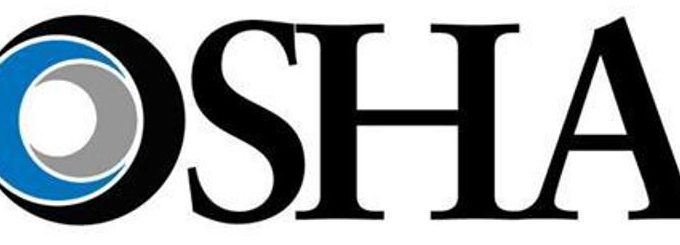As of July 1, 2024, California employers are required to have a customized written workplace…
OSHA Employee Training Requirements – OSHA Regulation
In the dental profession, OSHA does not require that employees or employers receive CE units or attend outside ‘OSHA courses”. The basic premise of OSHA’s training requirements, for all employers in the US, is to ensure that employees are trained on the hazards associated with their job, as well as on ways to mitigate the hazards to perform the job safely.
Generally speaking, the following OSHA training topics apply to personnel working in the dental setting: bloodborne pathogens, hazard communication, injury and illness prevention (general office safety and emergency response), and radiation safety. Not all topics listed above will apply to all employees. The training subjects will vary depending on the hazards of a particular job.
OSHA does not mandate how employee training must to be delivered. There are no required training hours or number of units. Trainers do not have to be certified. The Bloodborne Pathogens Standard, however, does require documentation of the trainer’s qualifications.
Here are the options to provide OSHA training to your staff:
- You as the dental employer can do the training yourself. The OSHA Review Compliance System Newsletter may be used to train staff in California.
- You can hire someone to come to your office to train your staff.
- You can send your staff to a seminar, and then follow up with training on your office’s procedures.
- You can designate one staff person to train the rest of the staff and ensure the designated trainer attends an OSHA seminar annually for any updates.
- You can use a training video, then follow up with training on your office procedures.
OSHA requires training employees when hired or assigned to new jobs; when a new potentially hazardous process or material is introduced to the workplace; or when a procedure is identified as hazardous. Annual refresher training may be required depending on the particular topic. For example, bloodborne pathogens training is required annually, but hazard communication training is only required upon employment and whenever a procedural change introduces a new chemical hazard.
Since 1992, OSHA Review, Inc. has provided dental professionals with comprehensive programs to support regulatory compliance and infection control. We are a registered continuing education provider in the state of California, specializing in Dental Practice Act, infection control, and OSHA training.



